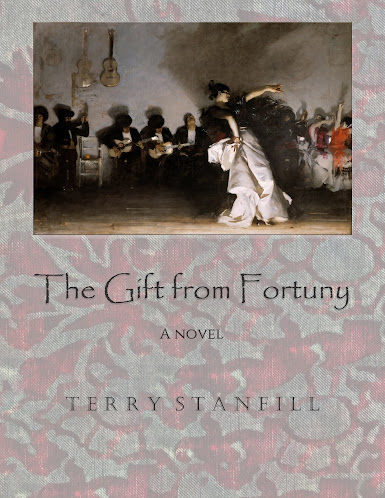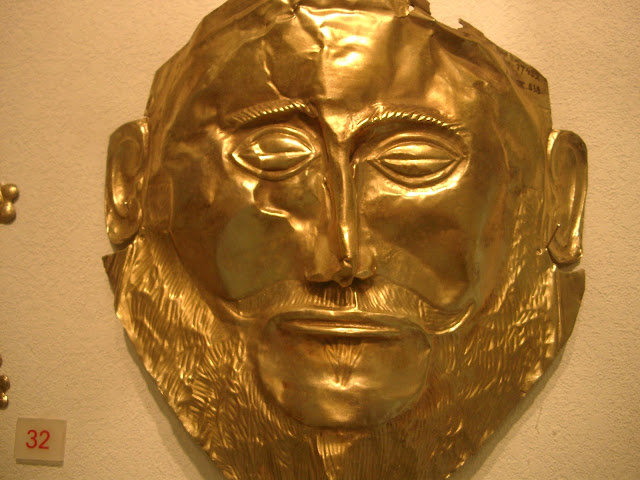A Tantalizing Search for Truth and Destiny
Like the intricacy of a Fortuny gown,
with its thousands of pleats—each one its own story—this novel takes the reader
to the streets and canals of Venice in the late 1940s, affluent Los Angeles in
the 1980s and the ancient cities of Granada and Seville. Weaving its way
through family sagas, flamenco dance, the sub-culture of Spanish gypsies and
lyricism of Italian opera, it brings together a fascinating and disparate
collection of characters whose lives are surprisingly and disarmingly
intertwined.
Pamela
Fiori, former editor of Town & Country magazine.
Praise for The Gift from Fortuny
In the same way Edith Wharton’s The Age of Innocence masterfully evokes
a lost Manhattan of Wharton’s youth, Stanfill’s The Gift from Fortuny conjures Los Angeles in 1984 in an equally
trenchant, portrait of social ambition.
Into this world that knows “the price of
everything and value of nothing” (to quote Mr. Wilde) Terry Stanfill introduces
us to a protagonist erupting with yearnings for authenticity, one as poignantly
alive as any Chekhovian heroine.
Demetra Killingsworth carries us into an
archetypal adventure exploring the very essence and construct of identity. It's a riveting read. The author allows one to live languidly
within every luscious, layered moment... until she boldly yanks away the
veil. When truth is revealed, it is as
translucent as a Venetian sky.
Manfred Flynn Kuhnert
I greatly enjoyed reading The Gift from Fortuny by Terry Stanfill.
The author handles her material with skill and authenticity and has given us an
enthralling story. Highly recommended.
Mollie Norwich
I have voyaged over seas, continents and
time with author Terry Stanfill through her books, The Blood Remembers and Realms
of Gold. In her newest novel, The Gift from Fortuny, her travels lead
the reader from Los Angeles to Andalusia, Spain and to the Venice of Mariano
Fortuny y Madrazo, as Stanfill guides us on this remarkable journey in search
of knowledge and truth.
Hutton Wilkinson.
In Terry Stanfill’s latest novel, The Gift from Fortuny, a white Delphos
gown, designed by the Spaniard, Mariano Fortuny y Madrazo, anchors this
scintillating tale which unfolds like the many scenes of an opéra fantastique. We transcend eras and places in a complex
quest to capture the spirit of a young woman’s journey toward self-discovery
and realization-- from the social layering of Los Angeles to the Venice of
Fortuny and the flamenco of Andalusia.
The author’s prose and her attention to detail first draw us into this
novel where we remain until a finale where the strands of the plot are drawn
together in a memorable conclusion, one which remains long after the story is
told.
Eric T. Haskell Professor Emeritus of French
Studies and Interdisciplinary Humanities
Chevalier de l’Ordre des Palmes Académique
Chevalier de l’Ordre des Arts et des
Lettres
Scripps College Claremont University Consortium,
California


















